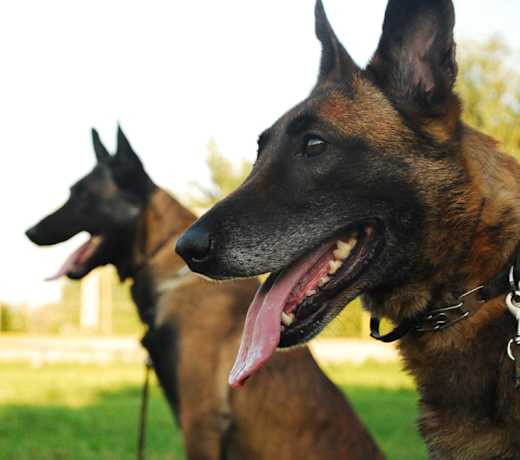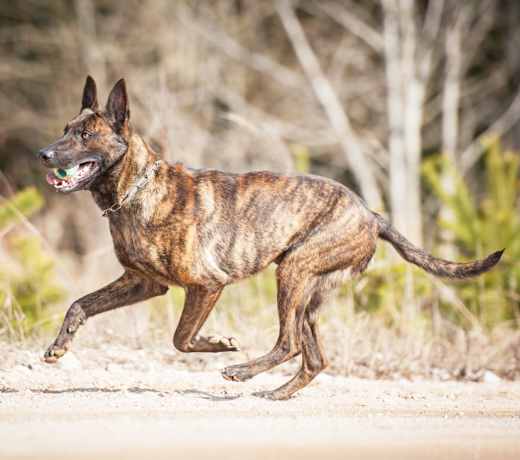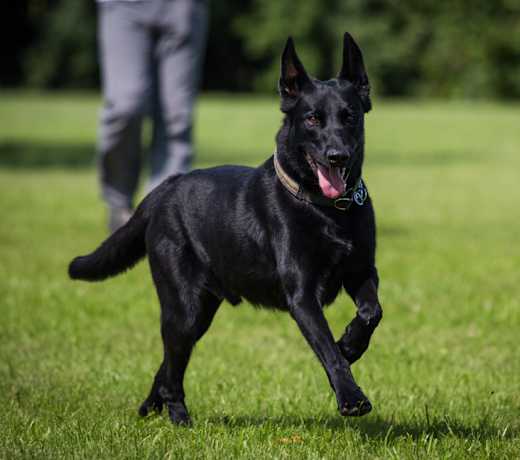The cost to adopt a German Shepherd from a shelter is around $300 in order to cover the expenses of caring for the dog before adoption. Buying German Shepherds from breeders can be prohibitively expensive. Depending on whether or not they’re from working dog or show-dog bloodlines, they can cost anywhere from $500 to $7,000.
Adopt A German Shepherd Dog
684 available German Shepherd Dogs near you

Daisy
German Shepherd Dog
Female, 2 yrs 4 mos
West Hollywood, CA
Good with dogs
House-trained
Spayed or Neutered
Shots are up-to-date

Linda
German Shepherd Dog
Female, 1 yr 4 mos
West Hollywood, CA
Good with dogs
Good with cats
House-trained
Spayed or Neutered
Shots are up-to-date

Foi
German Shepherd Dog
Female, 11 yrs 1 mo
Los Angeles, CA
Good with cats
Needs special attention
House-trained
Spayed or Neutered
Shots are up-to-date
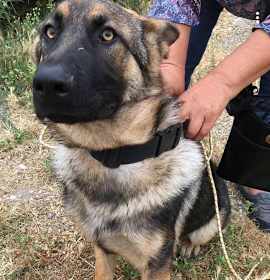
Sarah
German Shepherd Dog
Female, 6 yrs
Los Angeles, CA
Not good with cats
Spayed or Neutered
Shots are up-to-date
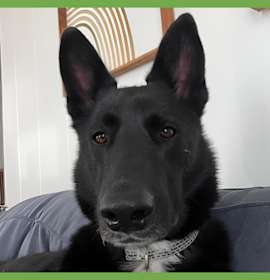
Luca
German Shepherd Dog
Male, 5 yrs 8 mos
Los Angeles, CA
House-trained
Spayed or Neutered
Shots are up-to-date

Donna
German Shepherd Dog Dutch Shepherd
Female, 3 yrs 2 mos
Los Angeles, CA
House-trained
Spayed or Neutered
Shots are up-to-date
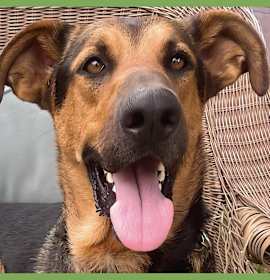
Tucker
German Shepherd Dog Doberman Pinscher
Male, 4 yrs 11 mos
Los Angeles, CA
Good with dogs
Not good with cats
House-trained
Spayed or Neutered
Shots are up-to-date
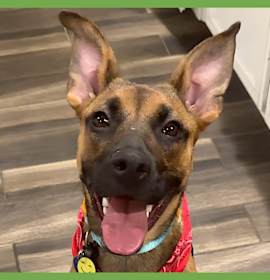
Gigi
German Shepherd Dog Black Mouth Cur
Female, 1 yr 4 mos
Los Angeles, CA
Spayed or Neutered
Shots are up-to-date

Samantha
German Shepherd Dog Doberman Pinscher
Female, 3 yrs 5 mos
Los Angeles, CA

Angel
German Shepherd Dog
Female, 8 yrs 11 mos
Los Angeles, CA
Not good with dogs
House-trained
Spayed or Neutered
Shots are up-to-date

Kona
German Shepherd Dog Dutch Shepherd
Male, 5 yrs 3 mos
Los Angeles, CA
House-trained
Spayed or Neutered
Shots are up-to-date

Bronagh
German Shepherd Dog Siberian Husky
Female, 2 yrs
Los Angeles, CA
Spayed or Neutered
Shots are up-to-date
Search for German Shepherd Dog puppies and dogs
Find adoptable German Shepherd Dog by Beverly Hills, CA
Animal shelters near Beverly Hills, CA
Adopting a German Shepherd Dog
Frequently asked questions about acquiring an German Shepherd Dog - the pros and cons of adopting versus going through a breeder, and associated costs.
You can adopt a German Shepherd through a rescue that specializes in German Shepherds. A great place to start would be by starting a breed search on Adopt a Pet. The search will show you all the available German Shepherds in your area.

